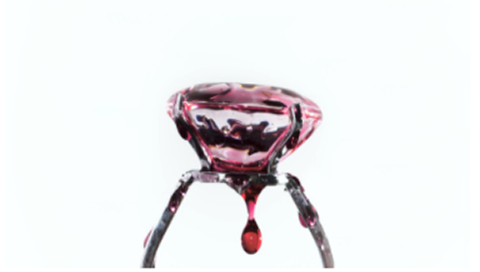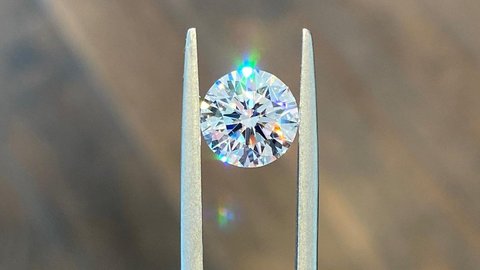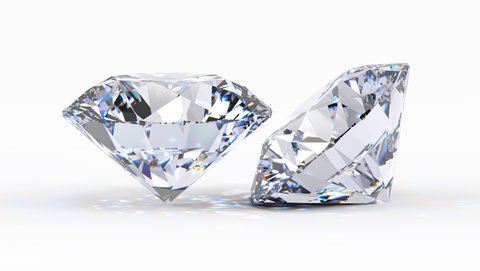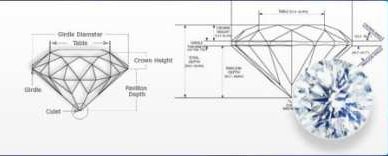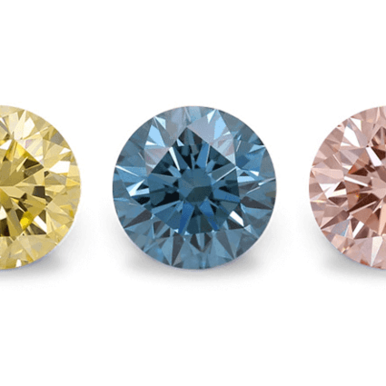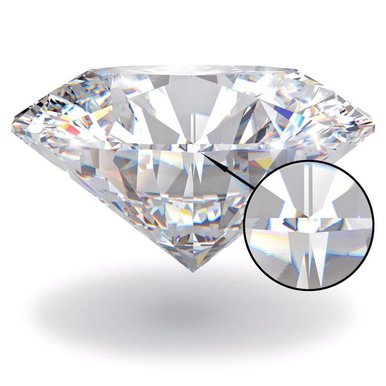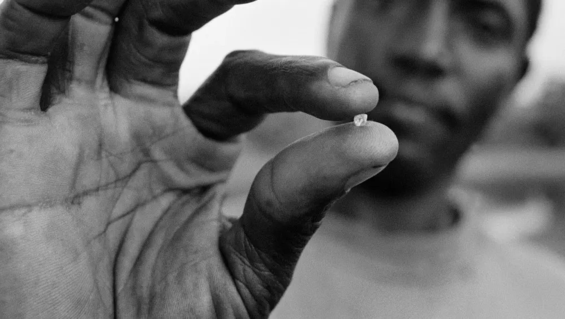
Ethics and Sustainability
You’ve probably heard about blood diamonds or conflict diamonds, this term came up in the late 1990s when violent rebel groups in Central and Western Africa were illegally trading diamonds for weapons and money spreading violence and horror all around the mining areas. Established in 2003 Kimberley Process supposed to prevent conflict diamonds from entering the diamond supply chain so you feel secure that purchased diamond is not funding any civil wars or slave labor.
Most diamonds are not fully traceable to their origins though. From mine to mistress, diamonds pass through many hands and you can’t be sure that this one diamond does not encounter some unethical and practices.
Now when you purchase a diamond from Canada or New Zealand and a diamond from poorer African countries there will be a huge difference in terms of what working conditions these diamonds have been mined.
Lab-grown diamonds are ethical by definition: they’re grown in a non-conflict environment and not tainted by the issues that the mined diamond industry is still struggling with.
Every lab diamond sold in a piece of jewelry is one less diamond that has to be extracted out of the Earth. Speaking about the mining industry, we should always remember what a major impact it has on the environment. It requires diesel power for operating which causes huge amounts of CO2 emission (that could lead to global warming).
Extraction of diamonds from deep beneath the earth and the ocean floor negatively affects the entire ecosystem. It causes irreversible damage to a wide variety of animals like elephants and marine life in Namibia and Canada. It also leads to contamination of water and soil in the same Namibia and Canada and leaves behind abandoned ghost towns (Kolmanskop in Africa).
Making the mining of diamonds sustainable will never be cost-effective and it’s a bitter pill to swallow for all the people involved.
Growing diamonds leaves almost no impact on the environment. It requires small amounts of graphite and metals, decent amounts of carbon-containing gas and considerable amounts of electricity.
- HPHT-process utilizes graphite and metals, which are abundant and can be sustainably sourced.
- CVD-process utilizes methane (greenhouse gas), which theoretically has a reverse effect on global warming and can be sustainably sourced as well.
Both of the growing methods utilize electricity that can be supplied from renewable energy sources, such as water power plants, windmills or solar panels. Lab-grown diamonds and their production can be sustainable (provided all of the above criteria).
The future of luxury shouldn’t cost the Earth!







